Any organization has to generate leads, and the financial services sector is no different. Financial services businesses must continuously be on the lookout for new possibilities and strategies to turn them into devoted customers in the cutthroat market of today. Financial services organizations can significantly outperform their rivals by realizing the value of lead generation and creating an effective lead generating strategy.
The Importance of Lead Generation for Financial Services Companies
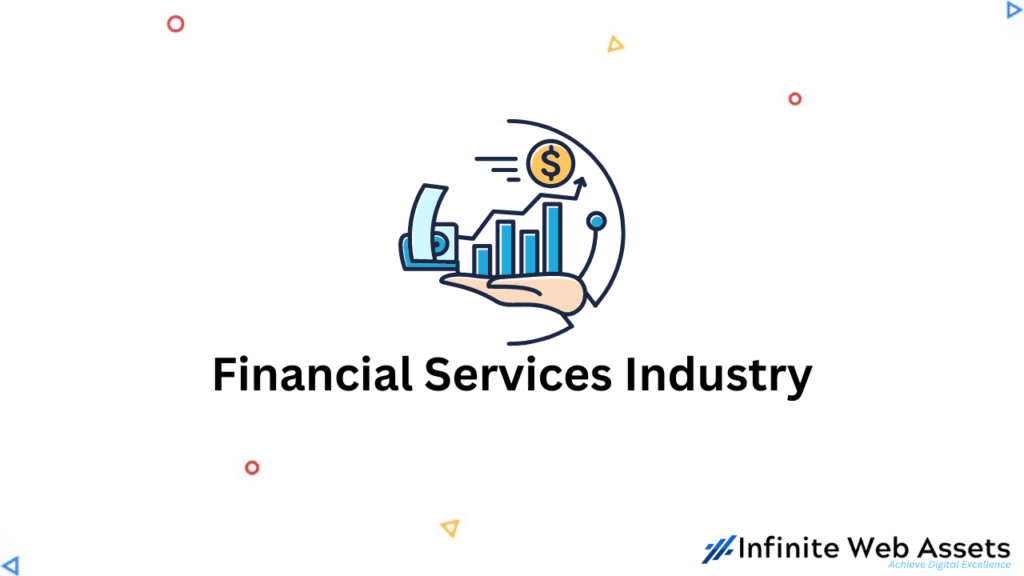
The financial services sector is highly competitive, with numerous businesses fighting for consumers’ attention and business. Financial services organizations may find it difficult to separate out from the competition and draw in new customers due to the abundance of accessible options. Lead generation can help with that.
The process of finding, luring, and nurturing new clients for a firm is known as lead generation. A financial services company can grow both its clientele and its revenue by generating leads. Identifying potential clients who could want their services also enables financial services organizations to more effectively target their marketing efforts.
Building Trust and Credibility through Early Engagement
The ability for financial services organizations to develop relationships with potential clients before they are prepared to make a purchase is one of the largest benefits of lead generation. This is especially crucial in the financial services sector, where establishing long-lasting relationships with clients depends on reputation and trust. Financial services organizations can increase their likelihood of converting prospects into clients by interacting with them early on and building trust and credibility.
Tailoring Products and Services to Meet Customer Needs
The ability for financial services organizations to better understand the needs and desires of their target customer is another important advantage of lead generation. Financial services organizations can better address the demands of their consumers by discovering potential clients and learning about their financial objectives and wants. Increased client happiness and loyalty as well as higher income for the business may result from this.
Staying Ahead of the Competition
For financial services businesses to remain competitive, lead creation is also crucial. A financial services company may keep expanding its clientele even while rivals try to do the same by consistently identifying and connecting with new prospects.
Lead Generation Strategies in the Competitive Financial Services Market
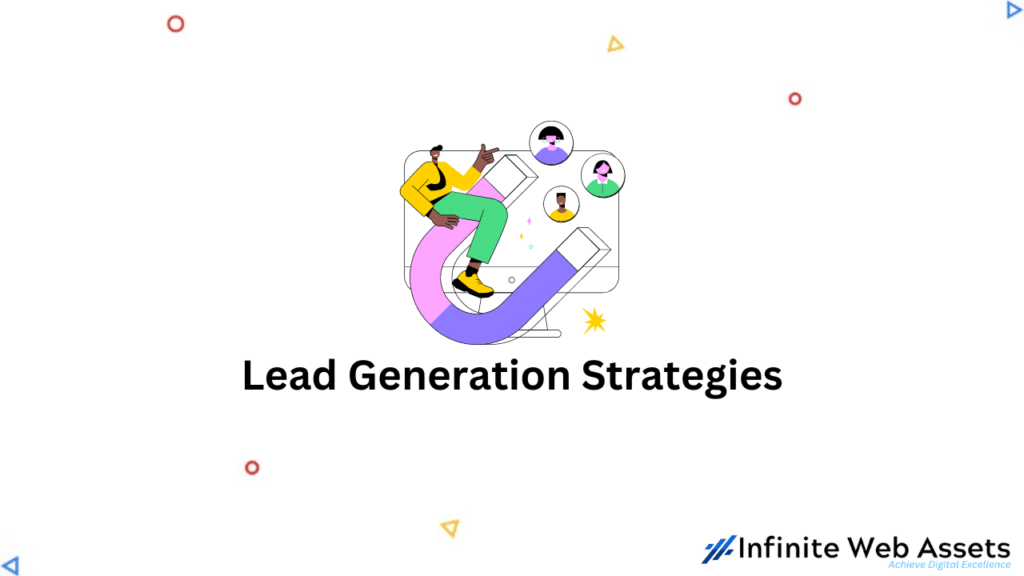
A wide range of goods and services, including banking, insurance, investing, and wealth management, are included in the financial services industry. Several financial institutions, including banks, credit unions, insurance companies, and investment firms, offer these services.
The process of locating and cultivating new clients for financial products and services is known as lead generation, and it is a crucial component of the financial services sector. Online advertising, referral marketing, and direct mail campaigns are just a few of the different ways that lead generation can be done.
Lead generation is vital in the present financial services market because of the escalating competition among financial institutions. It is essential to have efficient lead generation techniques in place to assist identify and convert potential consumers into actual clients because more and more financial institutions are competing for the same customers.
Generating Leads through Digital Marketing
Through digital marketing techniques like pay-per-click, search engine optimization, and social media marketing, financial services organizations can generate leads. These platforms are perfect for generating leads because they let businesses reach a large audience for a fair amount of money.
The Power of Referral Marketing
Another tactic is referral marketing, in which businesses reward current clients who refer friends and family to their products and services. In addition to producing fresh leads, this also builds credibility because the leads are coming from a reliable source.
Targeted and Personalized Direct Mail Campaigns
Because they allow businesses to target particular populations based on demographics like age, income, and geography, direct mail campaigns can be a successful approach to create leads in the competitive financial services sector. Additionally, targeted direct mail campaigns that include the receiver’s name and other details might improve the likelihood that the recipient will read and interact with the mail. Direct mail campaigns can also be utilized to provide unique incentives, like discounts or promotions, which can raise the likelihood that the recipient would act and turn into a lead.
Key Players and Trends in the Financial Services Industry

The financial services sector, which includes a wide range of operations like banking, insurance, investment management, and financial technology, is large and complicated (fintech). Analyzing the key actors and trends influencing this industry’s development is crucial for gaining a thorough grasp of it.
- Banking: The banking sector is one of the most important actors in the financial services industry. In order to provide loans and other financial goods to borrowers, banks act as financial intermediaries by accepting deposits from consumers. Due to their significance to the entire financial system, the biggest banks in the world are frequently referred to as being “too big to fail.” These huge banks normally have their main offices in industrialized nations, but they also have activities all over the world.
- Insurance: The insurance sector is a significant participant in the financial services industry. Health, life, and property risks are just a few of the risks that insurance companies cover. Typically, insurance companies are huge, varied businesses that conduct business all over the world. The insurance sector is subject to severe solvency and capital requirements and is heavily regulated.
- Investment Management: The industry of investment management is a significant participant in the financial services sector. Portfolio management, investment guidance, and financial planning are just a few of the many services that investment management firms offer. These businesses often operate on a global scale and are enormous, diversified corporations.
- Financial Technology: Financial Technology (fintech) has become a significant trend in the financial services sector in recent years. Payments, loans, and investment management are just a few of the traditional financial services that fintech firms are utilizing technology to upend. In comparison to traditional financial services companies, fintech businesses are often smaller, more flexible, and less regulated. They are employing technology to provide novel goods and services including robo-advisors, peer-to-peer lending, and digital wallets.
The financial services sector is being shaped by a number of other significant variables in addition to these prominent players and trends. These consist of evolving customer tastes, tighter governmental oversight, and technological advances.
The financial services sector is a vibrant and quickly evolving one that is influenced by a diverse group of companies and trends. Anyone who wants to obtain a thorough understanding of the sector and its future development must comprehend the key players and trends in this market.
The Importance of Understanding Your Target Audience
Because it enables them to customize their products and services to fit the unique needs and preferences of their consumers, financial services organizations must have a clear understanding of their target audience. Financial services organizations can design products and services that are more likely to be used and valued by their clients by developing marketing campaigns that effectively explain the advantages of their goods and services.
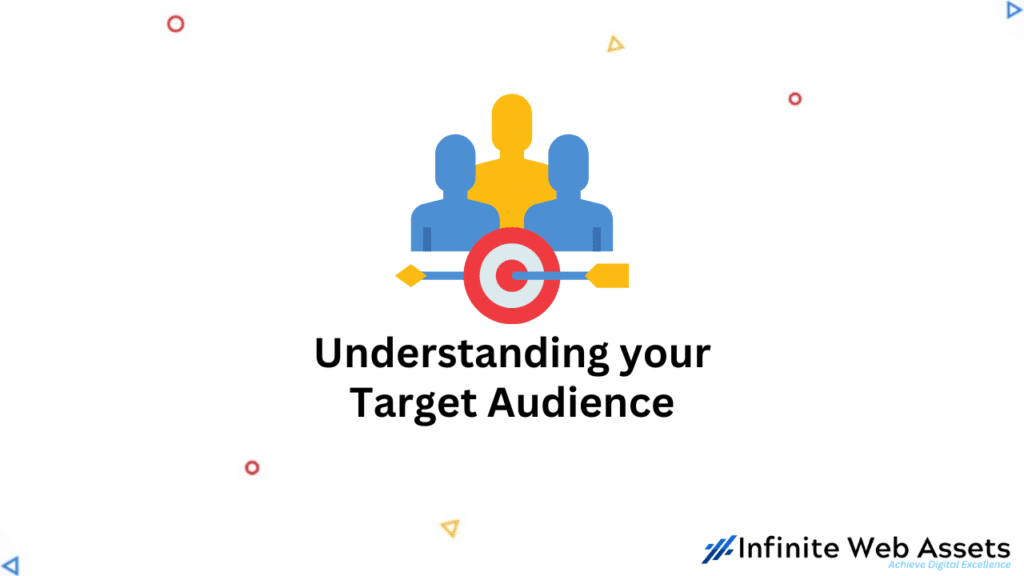
Identifying Demographics
Identifying the demographics of your clients, including their age, gender, income level, education level, and occupation, is one of the most crucial components of knowing your target audience. Financial services organizations can use this information to better understand the financial needs and objectives of their clients as well as to spot prospective markets for brand-new goods and services.
Uncovering Consumer Psychographics
Understanding their thoughts and actions around money and finance is another crucial component of knowing your target audience. As an illustration, some clients might be more risk-averse and favor more cautious investments, whereas others would be more open to taking on risk in search of greater rewards. Financial services organizations may develop goods and services that are more likely to be used and valued by their clients by having an understanding of these attitudes and behaviors.
Understanding Digital Behavior and Preferences
Additionally, given that the financial services industry is transitioning to a digital landscape, it is imperative for businesses to understand their target audience’s digital behavior and preferences. Understanding the platforms and channels that clients choose to use for financial transactions, such as internet banking, smartphone apps, or in-person visits to a bank branch, is a crucial part of this. Financial services businesses may use this information to improve their digital offerings and make sure they are giving consumers the most practical and effective services available.
Understanding your target audience is essential for financial services businesses because it enables you to develop goods and services that cater to the unique requirements and tastes of your clients. This can assist to boost client satisfaction and loyalty and, in turn, promote business expansion. To create relevant and effective marketing campaigns and products that actually fulfill the demands of the target audience, it is essential to understand the demographics, attitudes, habits, and digital preferences of the target audience.
How to Segment your Target Audience for Effective Lead Generation
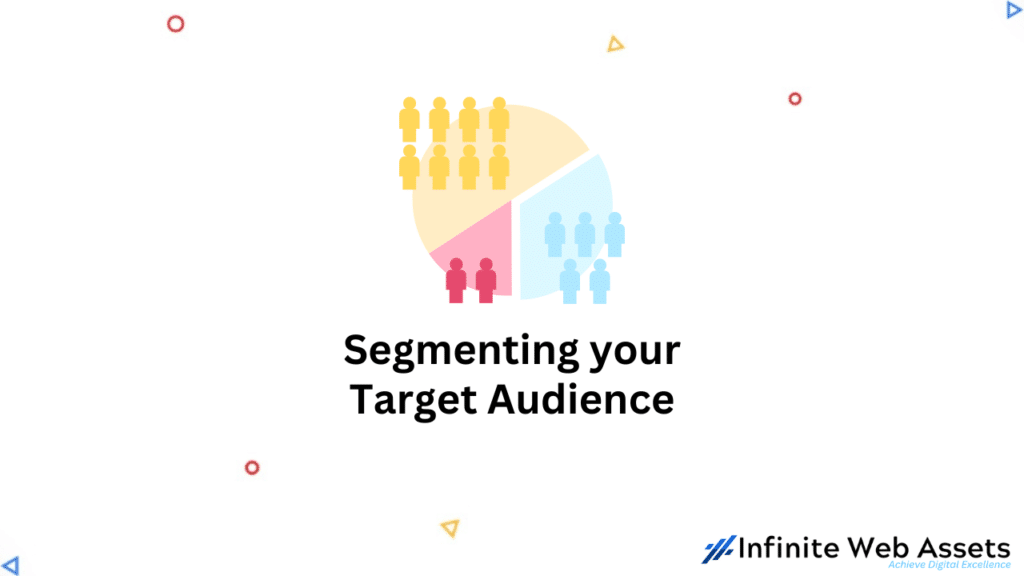
Effective lead creation for financial services begins with segmenting your target market. You may more effectively understand the demands of your audience by segmenting them into distinct groups based on their demographics, behaviors, and other traits. This will allow you to better target and convert them into leads.
Your audience can be divided in a variety of ways, including:
- Segmentation based on demographic factors: This kind of segmentation is based on factors like age, gender, income, education, and occupation. A financial services company might, for instance, target seniors or those in a certain income category like those with high net worth.
- Behavioral segmentation: Segmenting an audience based on their behavior, such as their purchasing patterns, brand loyalty, and usage rates, is known as behavioral segmentation. An organization providing financial services might, for instance, target those who have previously expressed interest in investment goods or who have a history of making large-ticket purchases.
- Geographic segmentation: This kind of segmentation is determined by the audience’s location. For instance, a financial services company might target people who reside in a particular area or city.
- Psychographic segmentation: Segmentation based on the audience’s personality, values, attitudes, and lifestyle is known as psychographic segmentation. For instance, a financial services firm might target people who appreciate stability or are risk averse.
Following audience segmentation, you may develop focused marketing strategies that address the unique demands and problems of each segment. This can include individualized landing pages, social media marketing, and customized email campaigns. This segmentation data can also be used to streamline your sales process and deliver more individualized client support.
It’s crucial to remember that segmentation is a continuous process, and you may keep honing and modifying your segments as you receive more information about your audience. Additionally, using different segmentation tactics can help you develop a more thorough understanding of your target audience than sticking to just one.
Effective Lead Generation Techniques to Generate Leads
Financial service providers have access to a variety of lead generation strategies, including as networking, internet marketing, and referral marketing.
Digital Marketing
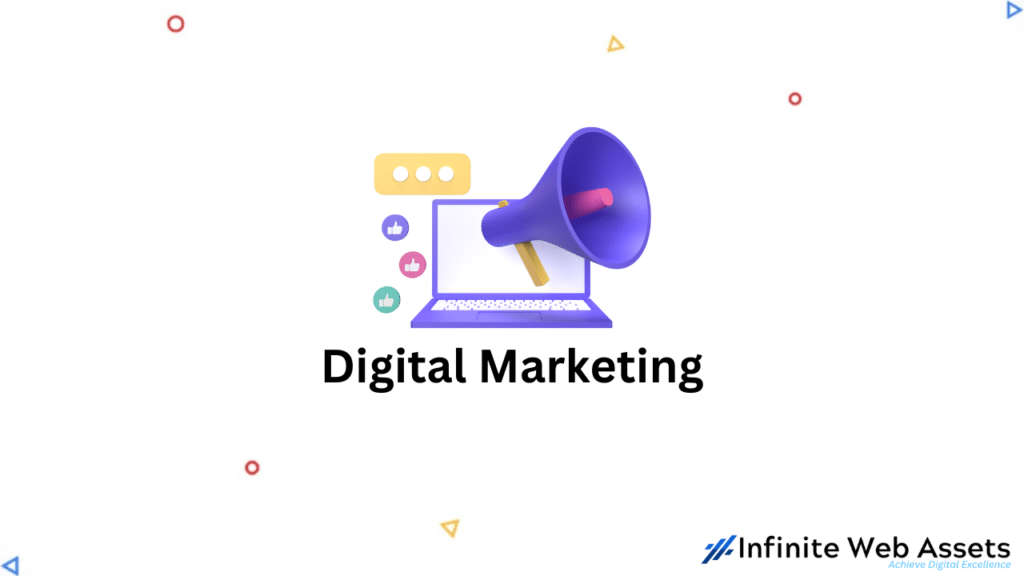
One of the most well-liked lead creation strategies in the financial services sector is digital marketing. In order to connect with potential clients and produce leads, this entails using online platforms and tools like social media, search engines, and email marketing. Digital marketing enables businesses to reach a wide audience at a low cost while focusing on specific demographics. The financial services sector can benefit greatly from the use of social media platforms like LinkedIn and Twitter for lead generation because they enable businesses to interact with and forge relationships with potential clients.
Advantage: The primary benefit of digital marketing is that it enables companies to communicate with a broad audience at a reasonable price. Additionally, digital marketing strategies are simple to track and improve, making it simple to gauge the effectiveness of marketing initiatives.
Disadvantage: A disadvantage of digital marketing is that it can be costly and challenging to stand out in a crowded online market.
Networking
Another successful lead generating strategy in the financial services sector is networking. Building connections with other experts and businesses in the field, including other financial service providers, accountants, and lawyers, is known as networking. This can assist businesses in finding possible leads as well as gaining insightful information and recommendations from other specialists in the field. Companies can become thought leaders in their sector by networking, which can enhance awareness and generate more leads.
Advantage: The fundamental benefit of networking is that it enables companies to establish credibility and trust with potential clients, which can result in stronger bonds and more sales. Additionally, networking can offer insightful information about the requirements and preferences of new clients.
Disadvantage: Networking can be time-consuming and demands a substantial effort and resource commitment to be effective.
Referral Marketing
Another successful lead generation strategy for businesses providing financial services is referral marketing. This entails encouraging current consumers to recommend the business to their friends and relatives. Because many consumers are prone to believe the recommendations of friends and family when it comes to financial products and services, referral marketing can be especially effective in the financial services sector. By rewarding or providing discounts for each successful recommendation, businesses can encourage their consumers to recommend others.
Advantage: Because consumers are more likely to believe suggestions from people they know, referral marketing is frequently more successful than traditional marketing strategies. Additionally, because firms may frequently provide incentives to customers for referring others without incurring significant costs, referral marketing can be extremely inexpensive.
Disadvantage: A disadvantage of referral marketing is that it may not be as scalable as other lead generation methods and can be challenging to manage.
Combining Digital Marketing, Networking, and Referral Marketing
The best course of action in terms of suggestions is to combine all lead creation strategies. Digital marketing is an excellent approach to reach a wide audience, networking can assist establish trusting bonds with new clients, and referral marketing can be a useful tool for maximizing the value of happy clients. Additionally, monitoring the outcomes of each tactic will help you determine which approaches are best for your company and let you make the required adjustments to maximize.
Tips for Creating a Lead Generation Budget and Measuring the ROI of your Efforts
Any financial services company wishing to expand its clientele must develop a lead generation budget and track the return on investment (ROI) of their efforts. A lead generation budget is a budget that specifies how much money will be spent on different marketing and sales initiatives in order to produce new leads, whereas ROI assesses the success of these initiatives in terms of the financial benefit they provide to the business.

Here are some pointers for developing a lead generation budget and calculating the return on investment of your work in the financial services industry:
- Identify your target market: By focusing your lead generation efforts and budget on the most efficient channels and techniques for reaching them, you may more effectively generate leads. For instance, if the majority of your target market is made up of young professionals, you might want to devote a larger portion of your money to online marketing initiatives like social media and search engine optimization.
- Clearly define your goals and objectives: This will enable you to gauge the effectiveness of your lead generation campaigns and the return on your investment. For instance, if your objective is to produce 100 new leads each month, you may monitor this number and compare it to your budget to ascertain the return on investment from your efforts.
- Allocate funds to high-performing channels: It’s critical to fund the lead generation strategies and channels that are doing successfully. By doing this, you’ll make sure that you’re obtaining the most leads possible while staying within your budget.
- Use tracking and measurement tools: It’s critical to use tracking and measurement tools, such as Google Analytics, CRM software, and lead tracking software, to precisely calculate the ROI of your lead generating efforts. With the use of these tools, you can keep tabs on the quantity of leads produced, the cost per lead, and the lead-to-customer conversion rate.
- Continuously monitor and optimize: Monitoring and tweaking your lead generation activities constantly is essential to getting the highest return on investment. To increase lead generation and ROI, this entails tracking the effectiveness of various channels and methods, finding areas for improvement, and making necessary adjustments.
- Observe your rivals: Keep an eye on your rivals and find out how they are obtaining leads. This can give you insightful information about the strategies that are effective in your sector and can also show you where you can set yourself apart from the competition.
By following these tips, financial service companies can create a lead generation budget that effectively targets their audience, sets clear goals and objectives, and measures the ROI of their efforts. This will help them to generate more leads and grow their customer base, ultimately leading to increased revenue and profitability.
Converting Prospects into Clients
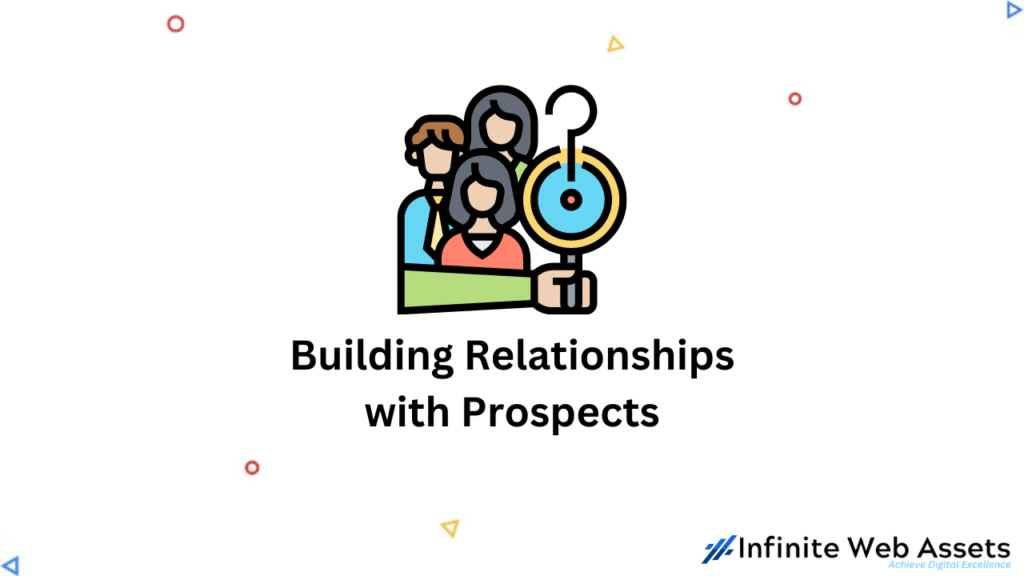
Building relationships with prospects in the financial services industry is crucial for several reasons.
- Trust and Credibility: The financial services industry is built on trust and credibility. Clients entrust their financial wellbeing to financial professionals and institutions, and they want to feel confident that they are working with someone they can trust. Building a relationship with a prospect allows them to get to know you and your qualifications, and it gives them an opportunity to ask questions and get a sense of your expertise and professionalism.
- Comfort and Familiarity: Building relationships with prospects helps to establish a level of comfort and familiarity, which can lead to a higher likelihood of closing a sale. People are more likely to do business with someone they know and trust, and building a relationship with a prospect can help to establish that trust.
- Financial Needs and Goals: Building relationships with prospects can also provide valuable insights into their financial needs and goals. By getting to know a prospect and understanding their financial situation, you can better tailor your services to meet their needs. This can lead to more effective sales pitches and can help you to close more deals.
- Loyalty: Building relationships with prospects also helps to create a sense of loyalty. People are more likely to stick with a financial professional or institution that they have a relationship with, even if there are better deals available elsewhere. This can lead to long-term, repeat business and can help to establish a steady stream of revenue for your financial services business.
In the financial services sector, developing connections with prospects is crucial for gaining their confidence and credibility, boosting the chance of closing a deal, learning about their financial needs and aspirations, and cultivating a sense of loyalty that may result in long-term, repeat business. Financial experts and institutions can improve their chances of success in the cutthroat financial services sector by devoting time and effort to cultivating connections with prospects.
Different Stages of the Sales Process and How to Move Prospects through Them
In the financial services sector, the sales process typically consists of numerous steps, each with its own set of goals and actions. These phases consist of:
- Prospecting: Prospecting is the first stage of the sales process, during which prospective clients are located and contacted. Creating a list of quality leads that may be further assessed and cultivated is the aim of prospecting. Numerous strategies, including networking, cold phoning, and advertising, can be used to accomplish this.
- Qualifying: A lead needs to be qualified once it has been created in order to ascertain whether or not they are a good fit for the product or service being offered. This can be achieved by asking them a series of questions to determine their needs, spending limit, and decision-making process.
- Presenting: After a lead has been qualified, the following stage is to give them a presentation of the good or service. Face-to-face meetings, phone calls, or online presentations can all be used to accomplish this. The purpose of the presentation is to clarify any potential objections and inform the lead about the advantages of the good or service.
- Handling Objections: The lead may raise objections to the good or service being given at the presentation stage. It’s critical to confront these arguments head-on and offer responses that allay their worries.
- Closing: The next step is to complete the sale after the lead has been shown the goods or service and their objections have been handled. This can be accomplished in a number of ways, such by requesting the sale, scheduling a follow-up meeting, or extending a special promotion.
- Follow-up: After the sale is complete, it’s crucial to get in touch with the consumer to check on their satisfaction and see if they have any other needs. Regular check-ins, questionnaires, or customer satisfaction surveys can be used to do this.
It’s crucial to have a thorough awareness of the customer’s needs, budget, and decision-making process in order to move prospects through the sales process. Through qualifying inquiries, this is accomplished. Additionally, it’s critical to have a call to action or next step in the process that is crystal obvious and to be ready to tackle any objections they may raise. Moving prospects through the sales process also involves developing a trustworthy and credible relationship. Finally, it’s critical to maintain organization and follow each lead’s progress throughout the sales process to make sure that no potential client is overlooked.
The Bottom Line
A critical component of the financial services sector is lead generation. Financial institutions can successfully expand their customer base and boost revenue by finding and pursuing potential customers. But it’s crucial to keep in mind that the procedure for turning prospects into customers is a constant endeavor that necessitates ongoing interaction and nurturing. Numerous strategies, including focused marketing, tailored communications, and the provision of value-added services, can be used to accomplish this. Financial institutions can increase their chances of success in the cutthroat market by successfully adopting a lead generating plan.
Frequently Asked Questions by Our Financial Service Clients
It can be difficult to generate leads for a financial services company, but with the correct ideas and techniques, you can draw in new customers and expand your company. Here are a few typical queries about lead generation from clients in the financial services industry:
How can I use social media to generate leads for my business?
There are many ways to use social media to produce leads for your business. Making valuable content that addresses the needs and problems of your target audience is one strategy. Videos, infographics, blog entries, and other types of material can all be used to do this. Furthermore, social media advertising allows you to focus on particular demographics and hobbies, which can help you attract leads to your website or landing pages. Another strategy is to actively engage with potential clients on social media to develop relationships with them and share valuable information.
How can I measure the success of my lead generation efforts and make improvements?
Tracking important metrics, such as lead generation rates, cost per lead, and lead conversion rates, will help you determine how well your lead generation activities are working. Tools like marketing automation software and Google Analytics can be used to measure these variables. Once you have this information, you can examine it to find areas that need improvement and change your lead generation approach as necessary. For instance, if your conversion rates are low, your call-to-action or landing page design may need to be improved.
How can we use data and analytics to improve our lead generation efforts?
Lead generation efforts can be enhanced by using data and analytics to gain insights into the habits and preferences of your target market. For instance, data may be utilized to determine the best ways to connect with potential customers as well as the kinds of marketing and content that would resonate with them. Analytics can also be used to monitor and improve the effectiveness of lead generation initiatives, such as determining which campaigns are producing the most leads at the lowest cost.
How can we integrate lead generation with our overall marketing and sales strategy?
Aligning your lead generation activities with the overarching aims and objectives of your company is a necessary step in integrating lead generation with your overall marketing and sales strategy. Your lead generation campaigns can accomplish this by being in line with particular phases of the client experience, such as awareness, contemplation, and decision-making. Working closely with your sales team can also be beneficial in ensuring that leads are developed and followed up on in a timely and efficient manner.
How can we create compelling content that will attract potential customers to our financial services?
Finding your target audience’s pain points and issues and addressing them in your content will help you create captivating content for a financial services organization. For instance, if small business owners make up your target market, you could want to develop content that deals with their usual problems, including managing cash flow and expanding your company. Using case studies, testimonials, and storytelling can also be effective in demonstrating the value of your financial services and fostering confidence among potential clients.
How can we use search engine optimization to generate leads for our financial services products?
You can optimize your website and content for pertinent keywords and phrases, make sure that your site is mobile-friendly and loads quickly, and create high-quality backlinks from other respectable websites to use search engine optimization (SEO) to generate leads for financial services goods. Structured data can also be used to improve how well search engines comprehend the material on your website.
How can we use email marketing to generate leads for our financial services products?
You may segment your email list based on demographics and interests to generate leads for financial services goods using email marketing. You can also develop tailored and targeted email campaigns and use calls-to-action to persuade recipients to visit your website or book a consultation.
How can we use paid advertising to generate leads for our financial services products?
You may use platforms like Google Advertisements and Facebook Ads to target particular demographics and develop ads that route people to landing pages where they can input their contact information in order to employ paid advertising to generate leads for financial services goods.
How can we track and analyze the performance of our lead generation campaigns for our financial services products?
You can use tools like Google Analytics and marketing automation software to track website traffic and conversions, as well as to calculate the return on investment (ROI) of your lead generation efforts for financial services products.
How can we use customer testimonials and case studies to generate leads for our financial services products?
You can develop a page on your website that showcases positive testimonials and success stories from current or former clients in order to use customer testimonials and case studies to generate leads for financial services products. These endorsements can also be used in social media posts and email campaigns to win over the trust of prospective clients.

